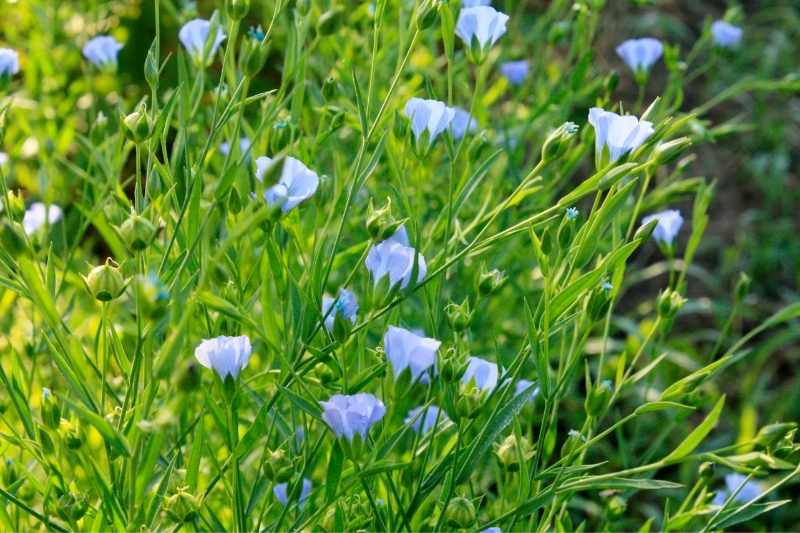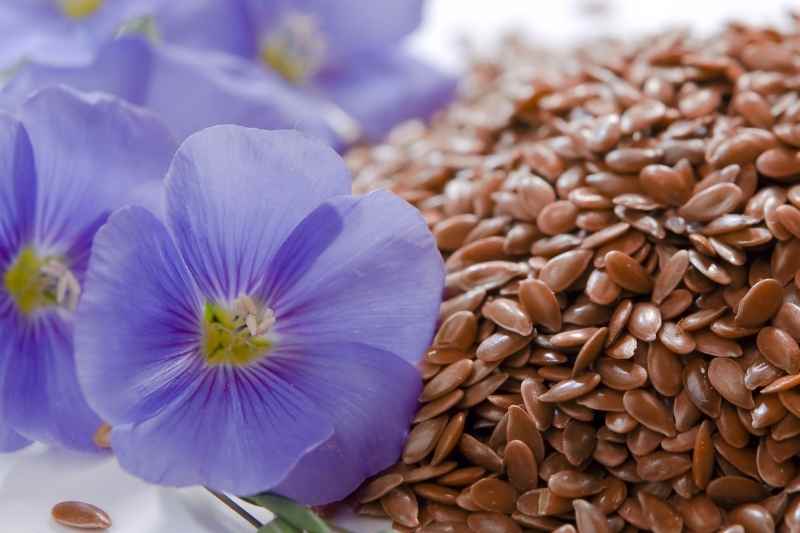We are familiar with cultivated Flax or Linum usitatissimum, a plant grown for its fibres used in textiles, its seeds or oil. The flax flower is also edible and can be used to decorate your salads. But flax is also a lovely flower, precious for creating floral cushions in our gardens. Let's see how to sow our flax seeds!

Flax flowers are delightful, offering lightness and a light blue hue to flower beds and meadows
Required Materials
For direct sowing in the ground:
- a rake
- a hand hoe
- a watering can
- optionally some compost
For sowing in trays:
- sowing compost
- a seed tray or container
- a watering can or spray bottle
- buckets for transplanting seedlings
- labels
- optionally a heated mini greenhouse
Sowing Flax Seeds
Directly in the ground:
Sow flax seeds in full sun, directly in place from March in regions with a mild climate and until May for colder regions. Flowering will occur from June to September.
- Sow thinly in furrows 3 mm deep in well-loosened soil;
- Cover with a thin layer of compost;
- Firm down by hand or with the back of your hand hoe;
- Water generously after sowing and keep the soil moist until germination (around 20 days);
- Thin out to 15-30 cm apart.

Indoors:
Sow flax seeds in trays or containers, indoors at a temperature of 18-23°C, from August to September for flowering the following summer.
- Sow flax seeds on the surface of good sowing compost;
- Keep warm between 18 and 23°C;
- Lightly cover the seeds with compost and keep in the light;
- Water regularly with a fine spray until germination (around 20 days);
- At the 2-3 leaf stage, you can transplant the young seedlings into buckets;
- Keep them sheltered during winter in a frost-free, airy and bright space;
- Transplant them the following spring into the ground, pots or planters after the last frosts.
To go further
→ Discover our full range of flax seeds
→ As well as Linum perenne or perennial flax in our perennial collection.


































![Sow linseed seeds [sowing seed Linum usitatissimum]](https://en.promessedefleurs.eu/blogwp/wp-content/uploads/2022/07/Semer-des-graines-de-lins.jpg)
Comments